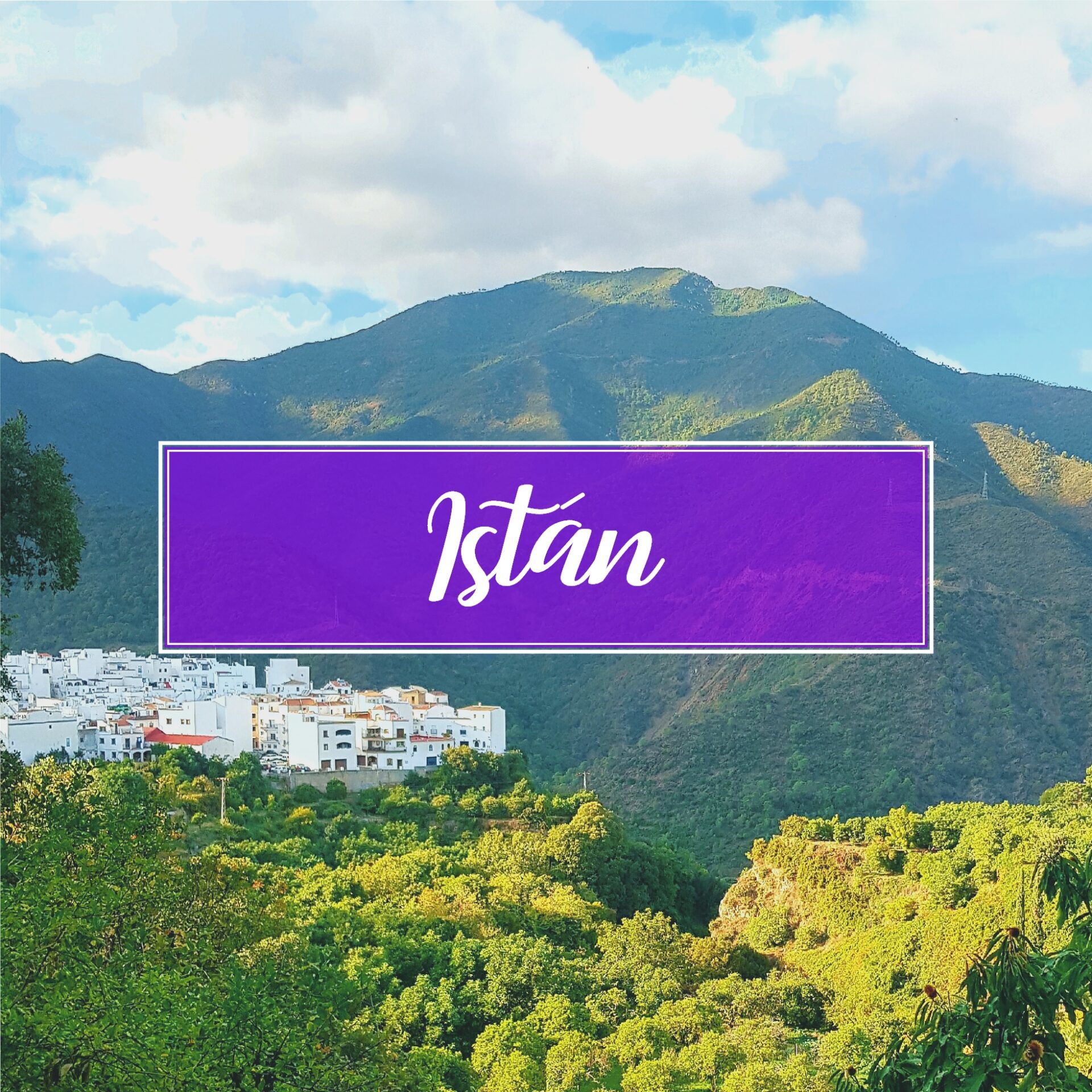Istán village stunned by its own beauty of the valley where the fighting soul of the heroine Juana de Escalante is still felt in its picturesque streets.
Where is Istán located
Istán is located in the interior of the province 79Km from Malaga capital with a population of 1.458 inhabitants. The town is located in the region of Las Sierras de las Nieves.
The origin of the name Istán
The origin of the name comes from Arabic, which means “the highest”.
Denonym of the people of Istán
The name and inhabitants are called panochos.
Where to park in Istán?
Once we visited the hermitage, we headed to the town of Istán. Entering the town let’s see a sign that informs “park your car that the streets are narrow” and indeed the streets are very narrow and inclined, therefore we recommend parking next to the town hall. or just as you enter the town on the right there is a flat parking area.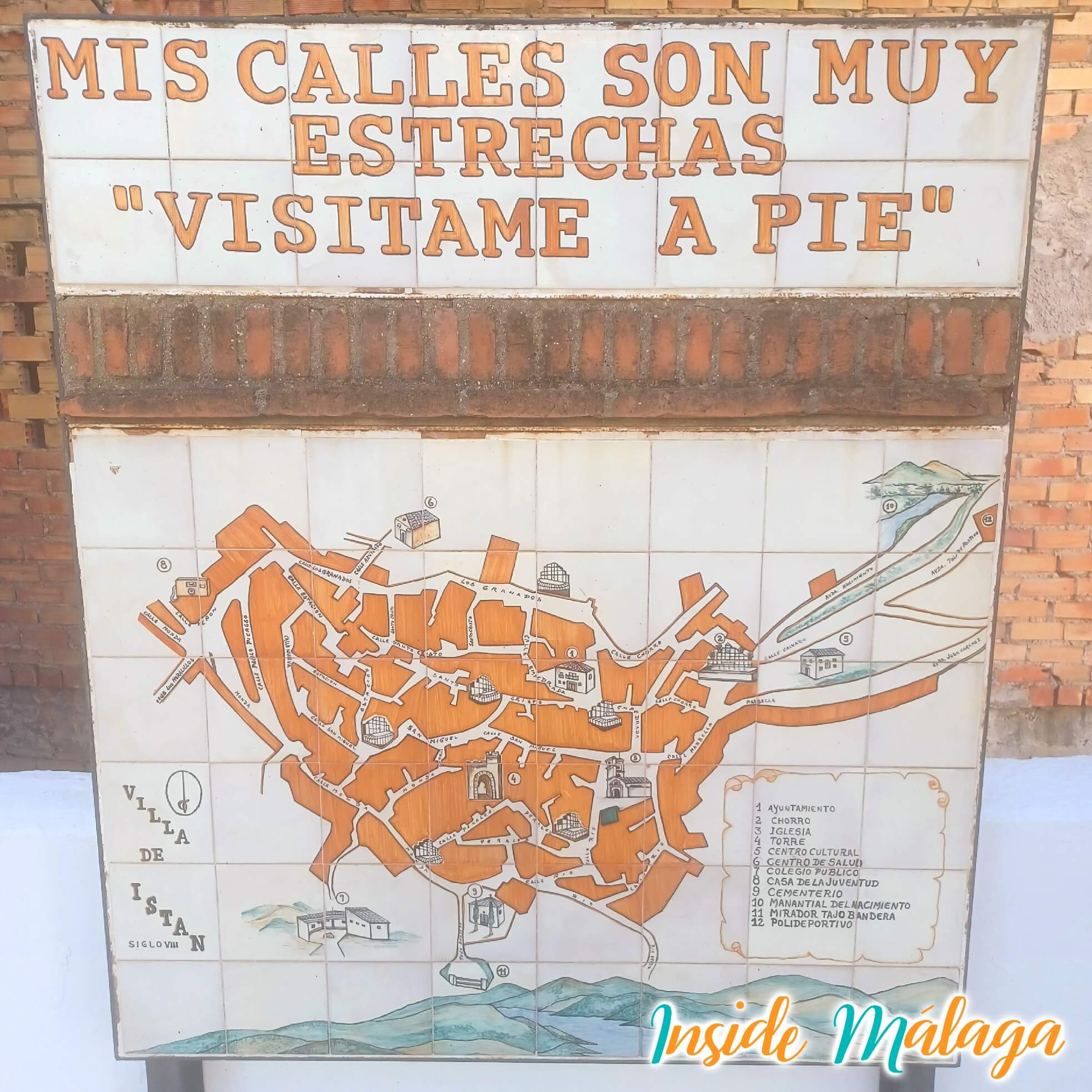
Viewpoints of Istán
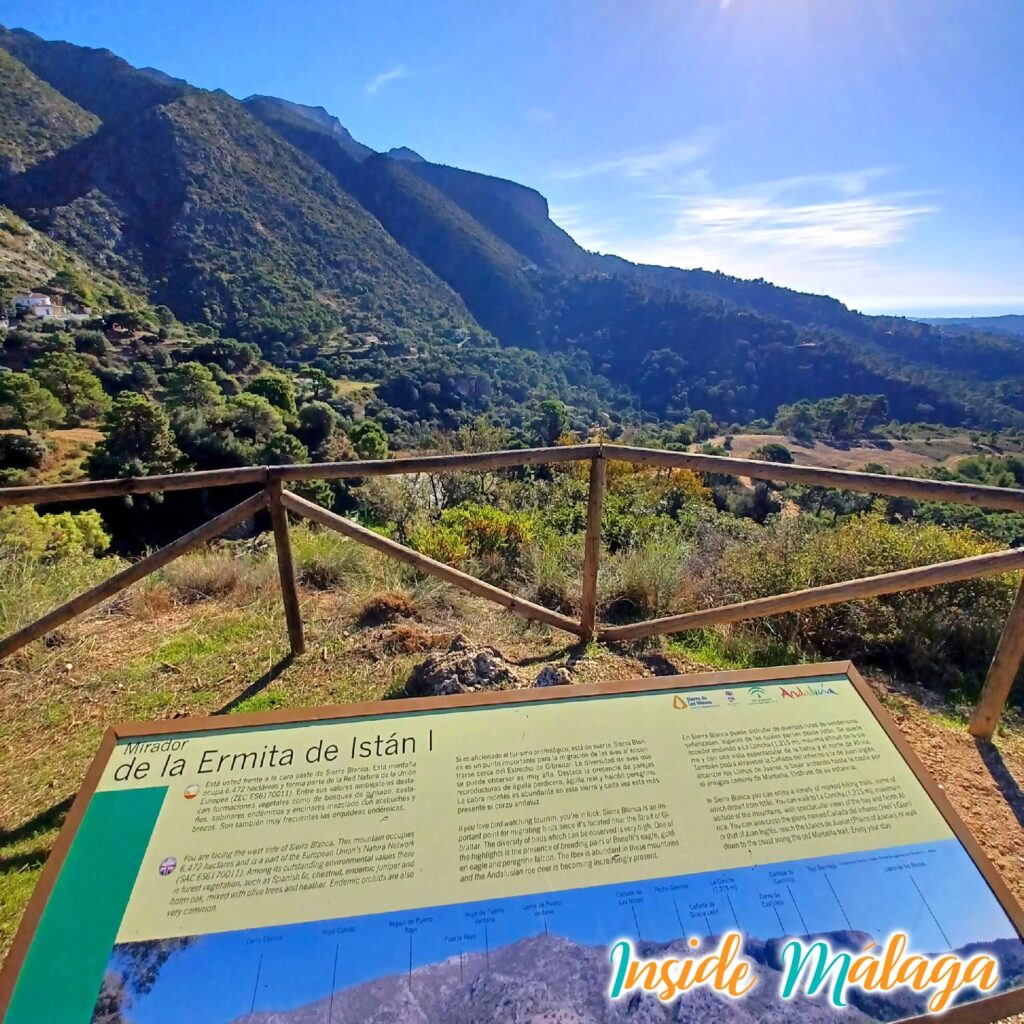
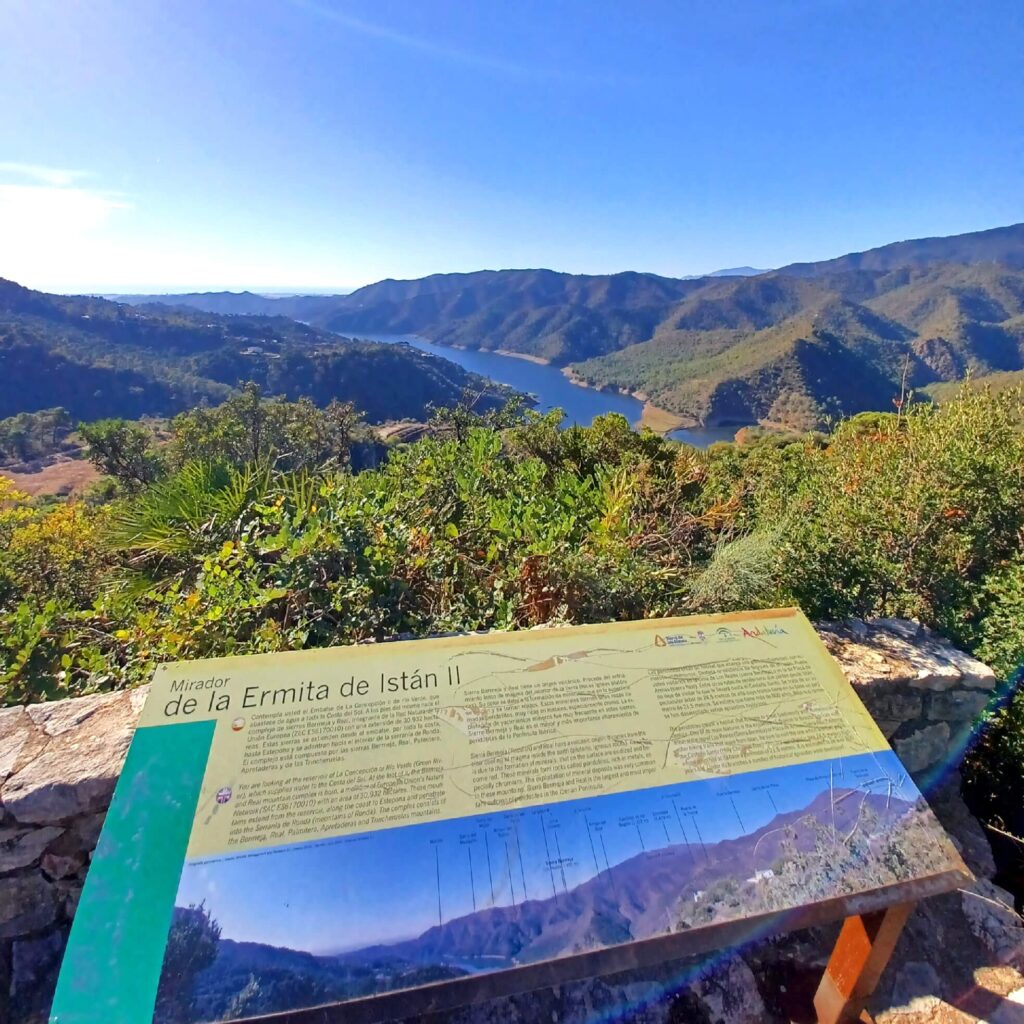

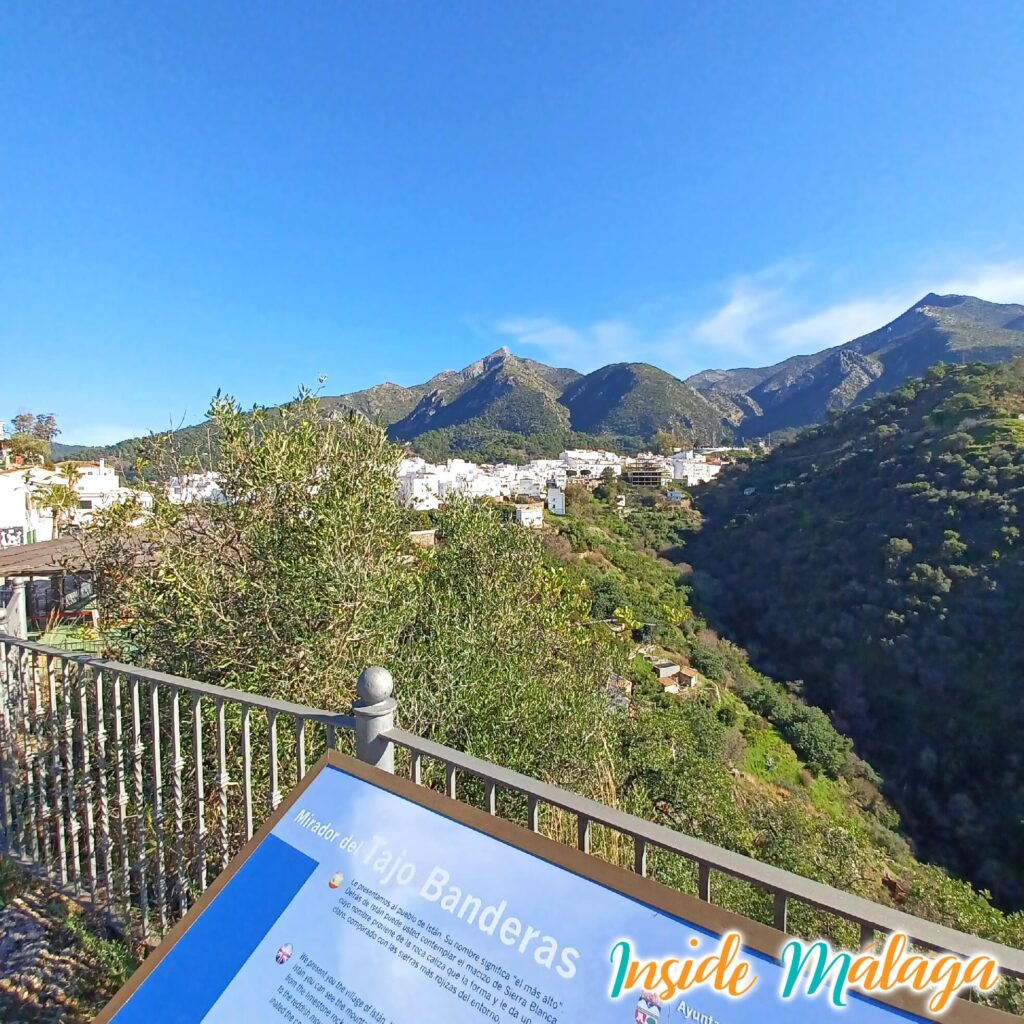
Monuments and places of interest to visit in Istán
- Fountain and Lavatory
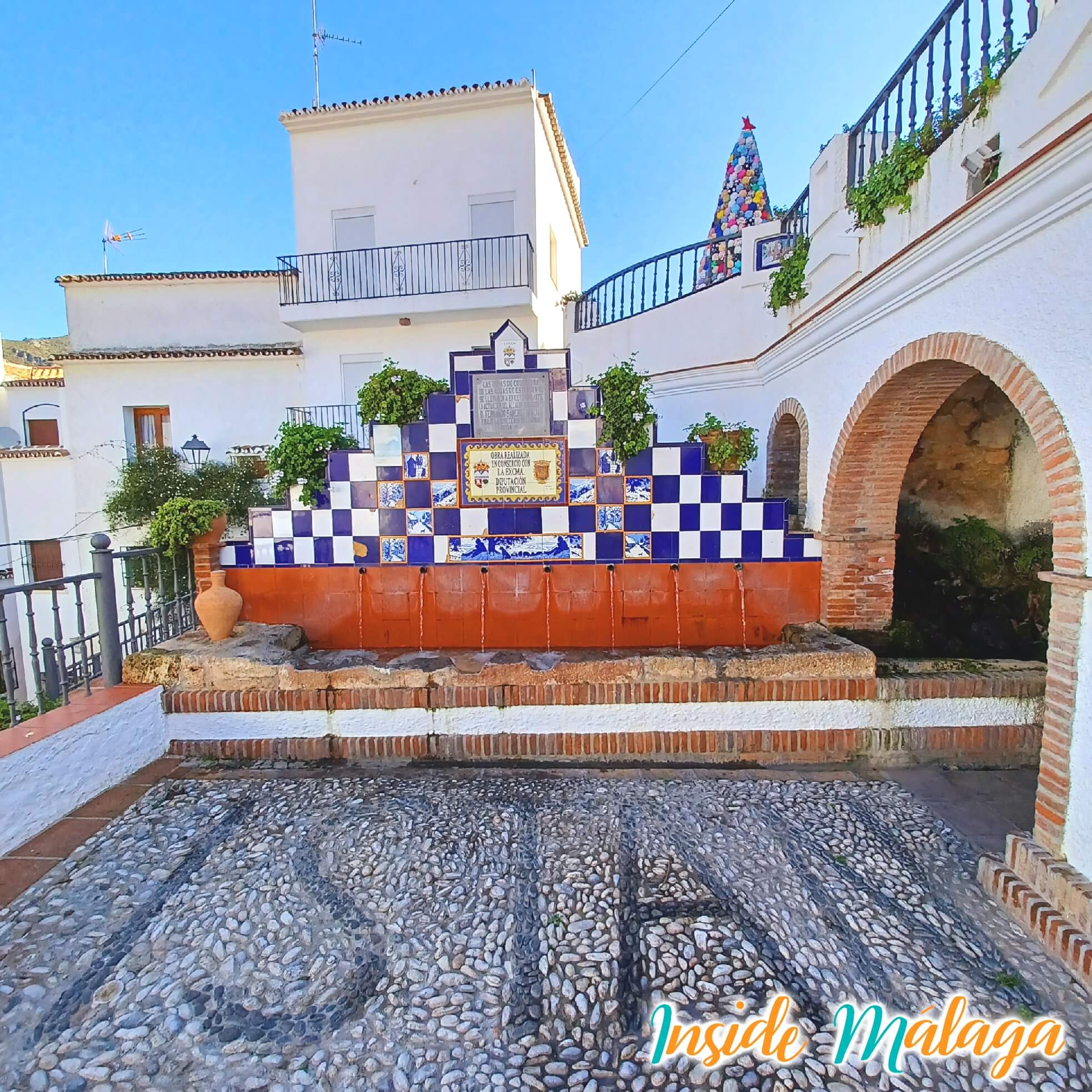
- Hermitage of San Miguel: Just on the outskirts of the town there is a rest area, the image of San Miguel, the patron saint of the town of Istán, is located in a cave.
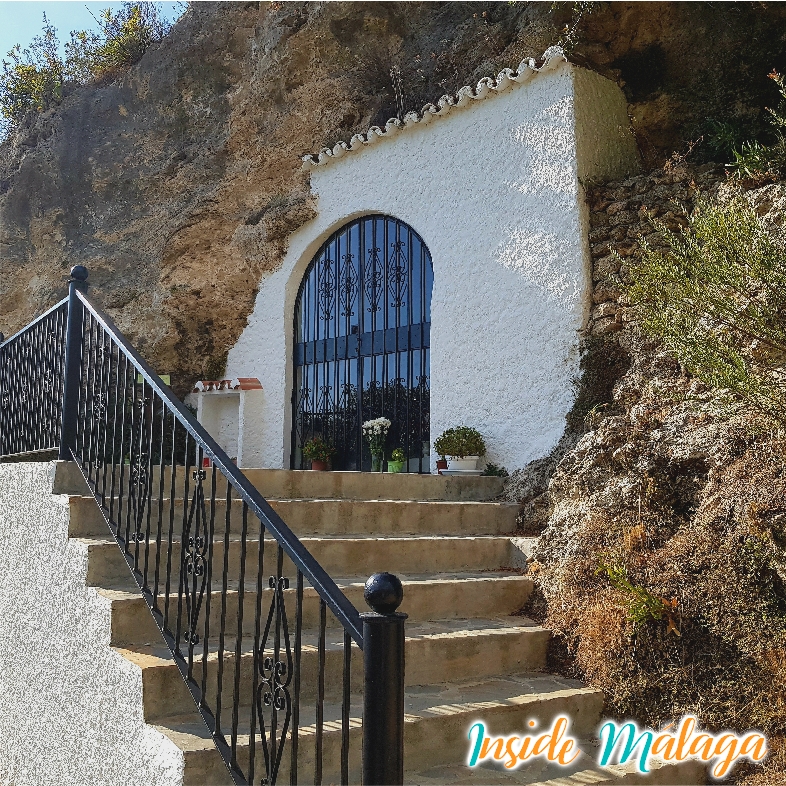
- Torre Escalante: The tower of muslim origin could have been one of the watchtowers created for the defense of the Marbella area, and to keep people and livestock safe in times of danger. During the Muslim era it was the residence of the warden. After the reconquest it was taken by the Christians and the clergyman Pedro de Escalante lived with his niece Juana, who gives its name to a heroic history of Istán.
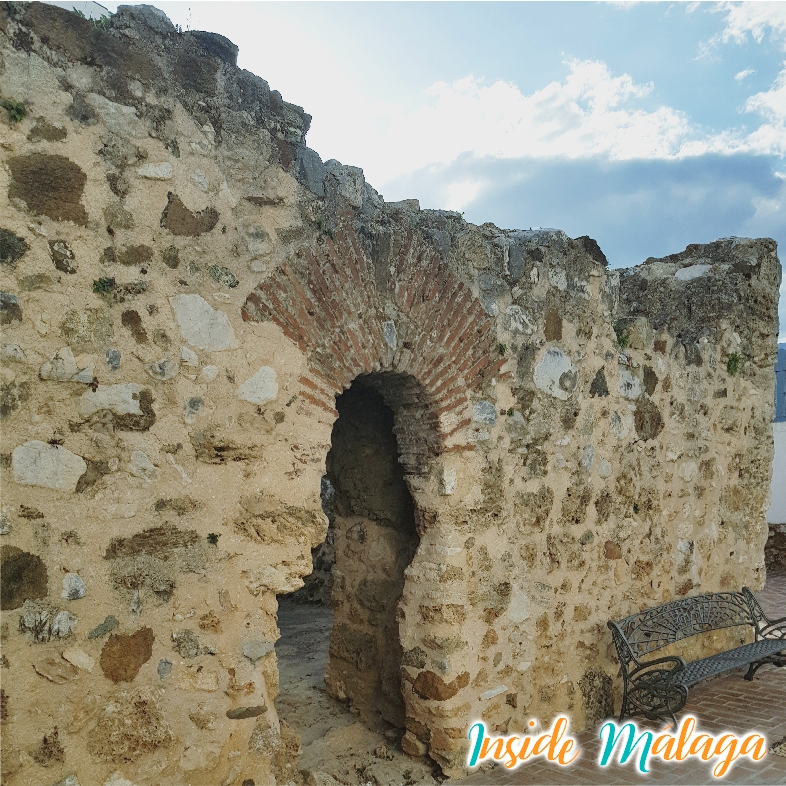
- Iglesia de San Miguel: Erected in 1505 by the Archbishop of Seville D. Diego de Deza and confirmed by the papal bull of Julius II in 1510. It suffered a fire during the uprising of 1569, and two major reforms in 1715 and 1960. It consists of a single rectangular nave with a simple wooden ceiling.
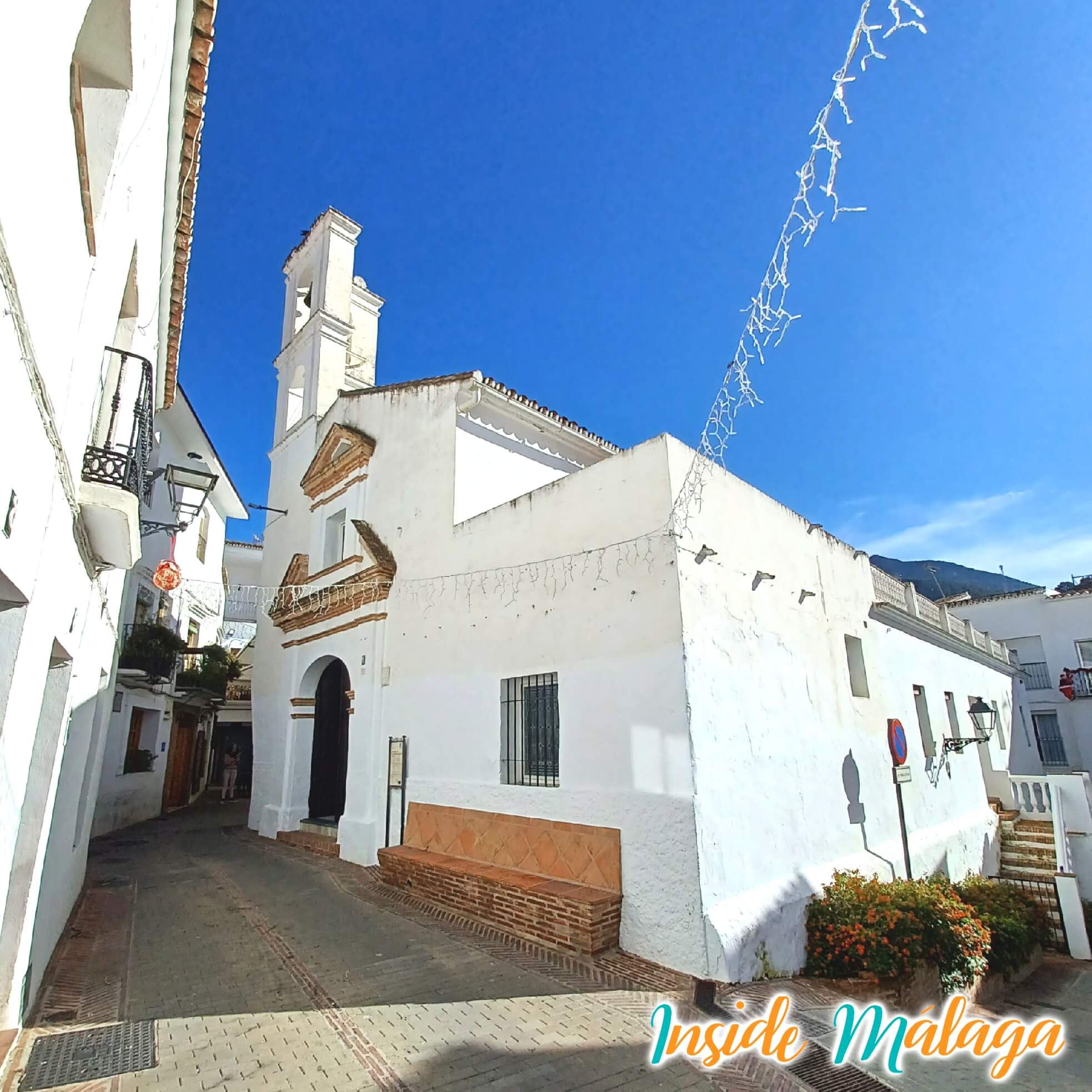
- Castaño Santo: 30 km from the village of Istán in the “Hoyo del Bote” area is a tree that is more than 800 years old and has a dimension of 15 meters in perimeter with a height of almost 25 meters. The legend says that under this tree Fernando el Católico celebrated a mass in 1501.
- El Museo de Agua: Interpretation and exhibition center on the importance of the water resources of the Sierra de las Nieves.
- Arab Irrigation Channels: Created during the Muslim presence, the ditches were used to channel water for irrigation and domestic use of the population. These channels take the water from springs in the mountains, the Río Molinos and the Río Verde.
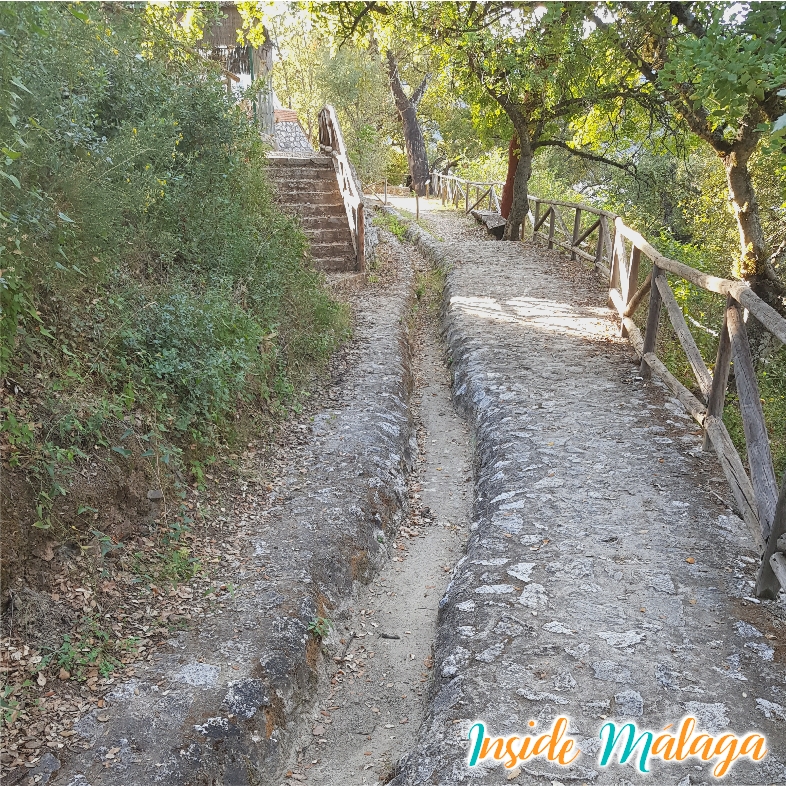
- Square Poet Miguel Hernandez
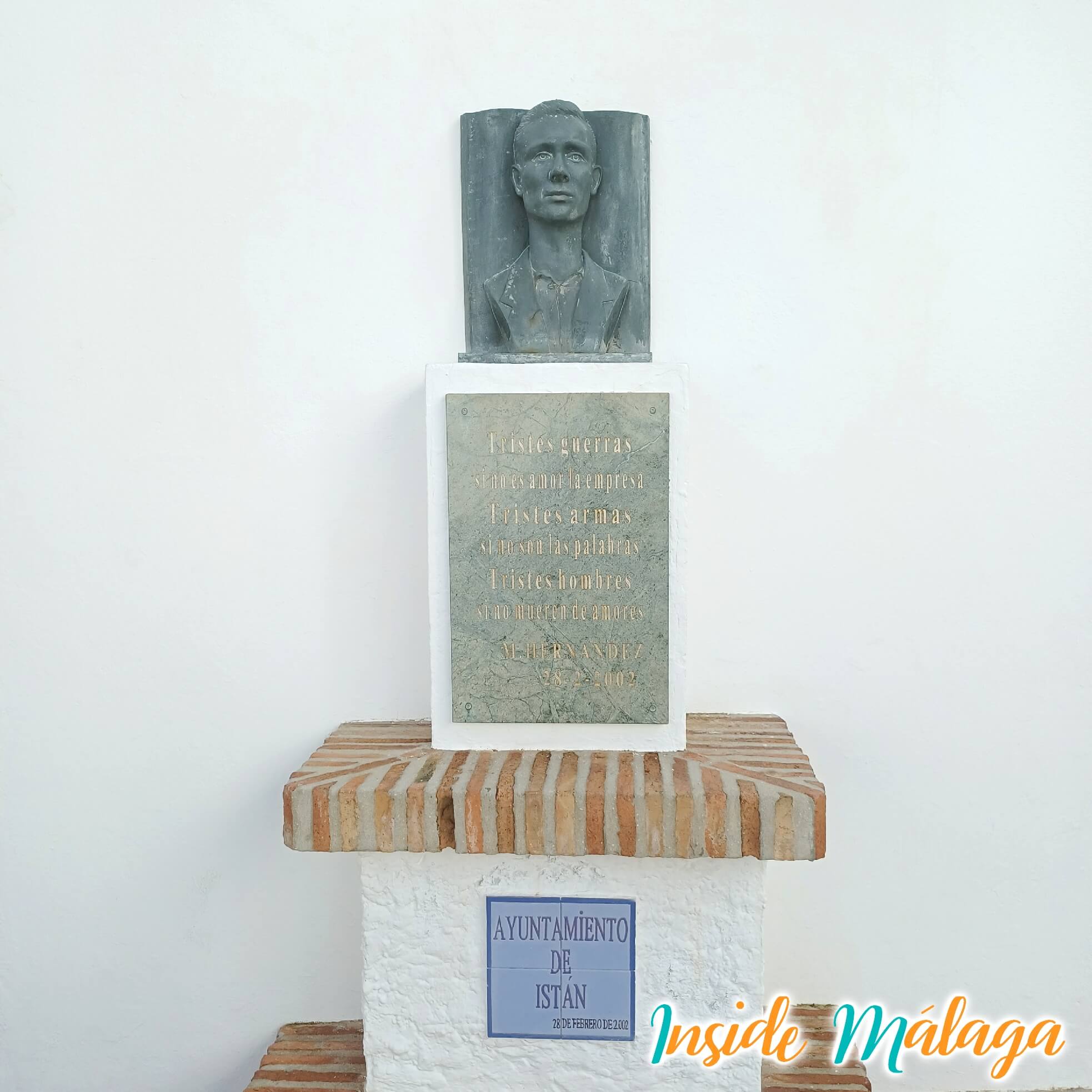
- Source River Molinos
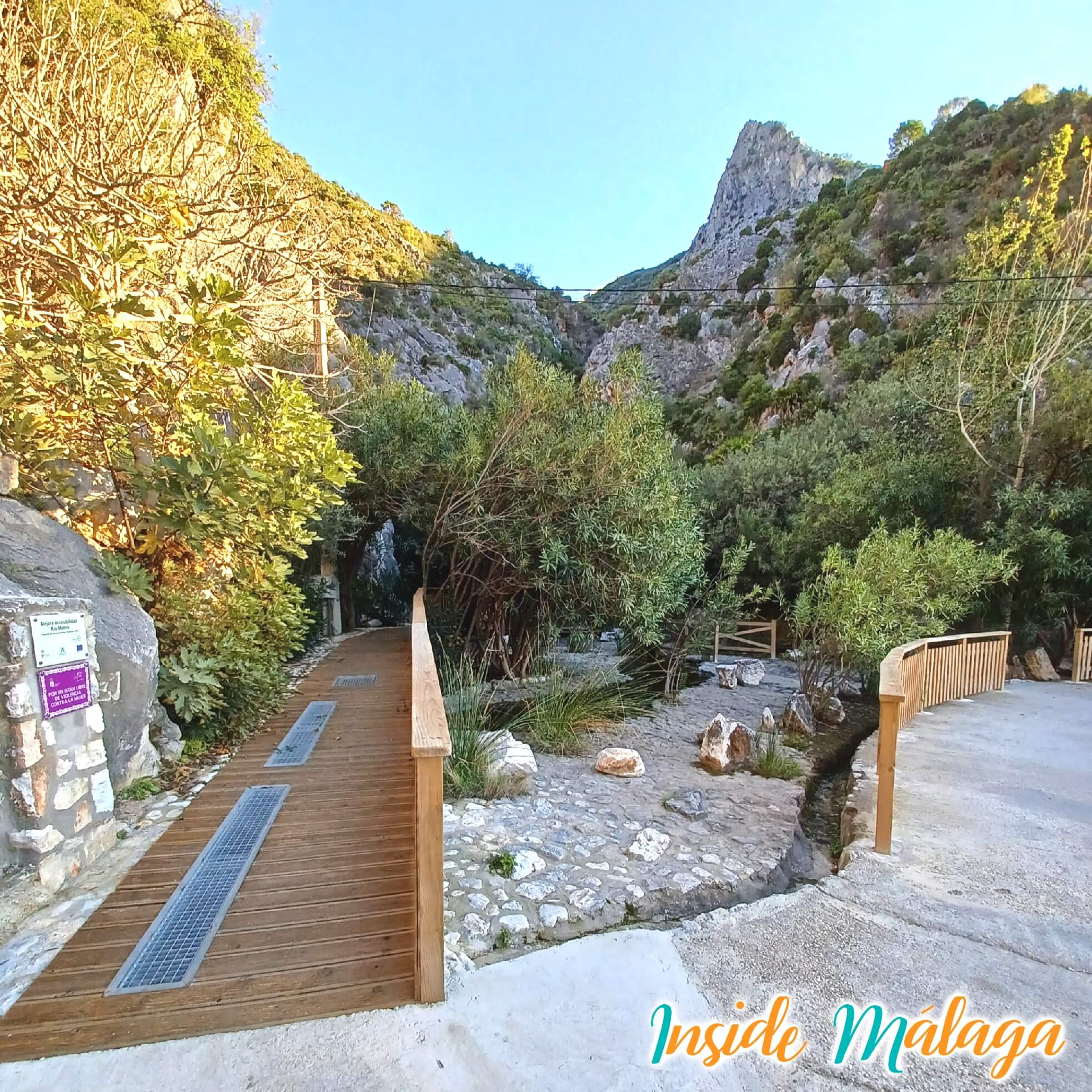
- Fountain La Esfera
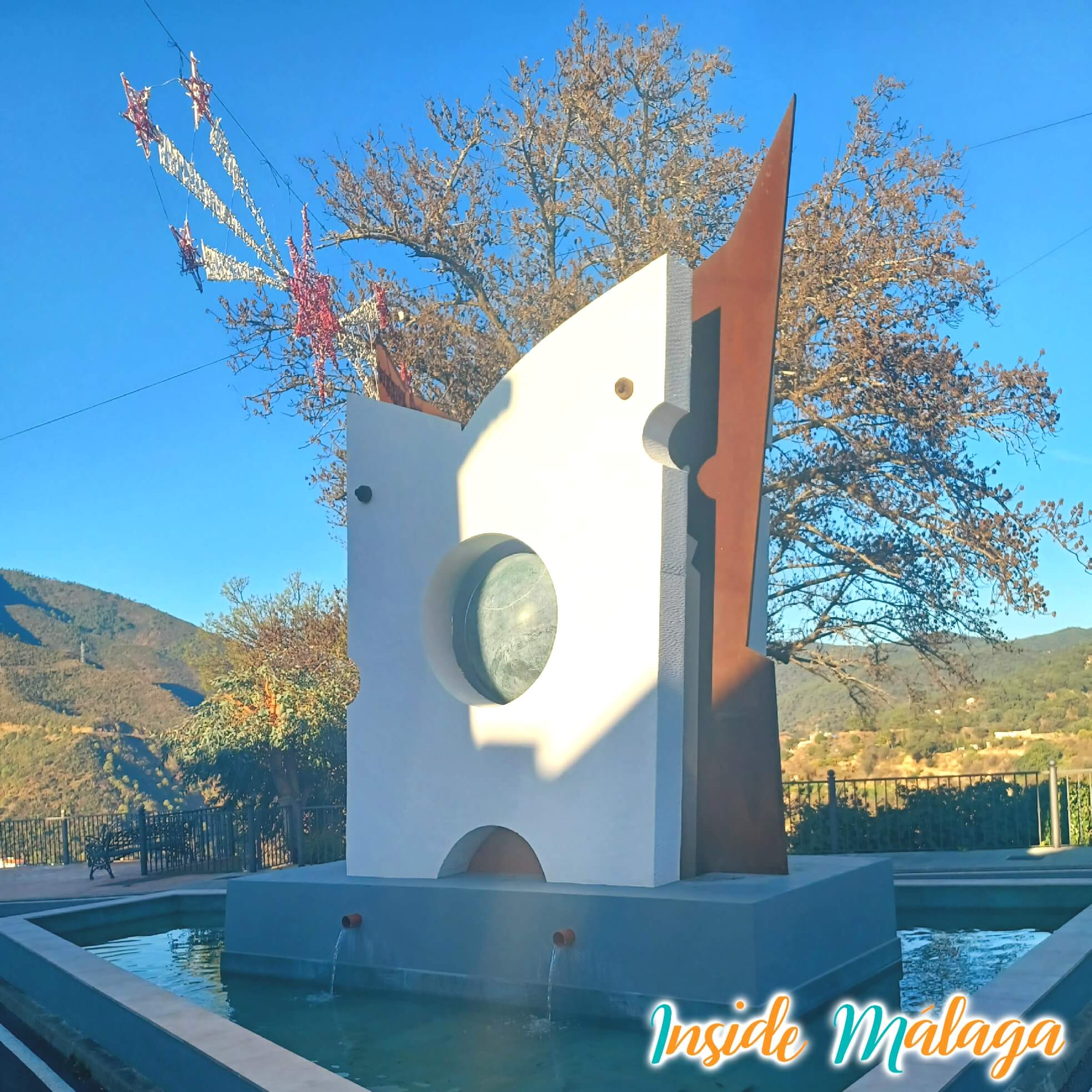
- Reservoir La Concepción: Also known as the Río Verde Reservoir, since it covers 5km of this river. It was built in 1971, supplying water since 1973 to the municipalities of Marbella, Fuengirola, Benalmádena, Mijas, Benahavís, Estepona, Manilva and Casares, a total of about 450,000 inhabitants. Recreational use and swimming is prohibited due to its high level of danger.
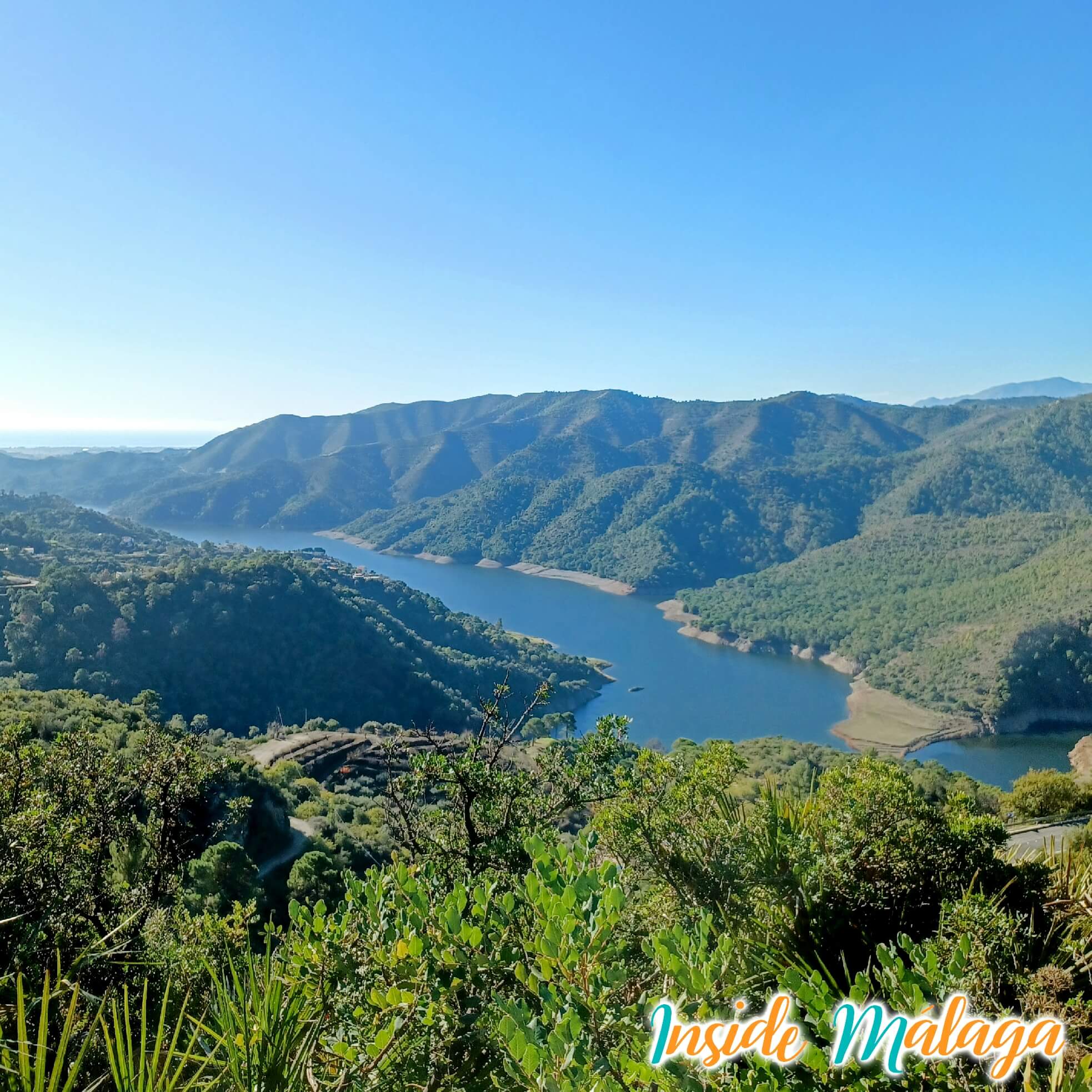
History of Istán
There are some indications that in the Roman era there was already a human presence in the area.
The ditches of Arab origin represent a clear human and important presence during the Al-Andalus period, since this construction supplied the land with water from the springs of Istán, Río Molinos and Río Verde.
In May 1506, an attempt to escape to North Africa by the Moorish population of Istán took place, being detained in Rio Verde by the troops of Marbella in a bloody battle. The survivors were subjected to prison and galleys and their property passed to the Crown of Castile as a spoil of war according to the ritual established in the Siete Partidas of Alfonso X. After the crushing of the Muslim rebellion, which took place in 1569, there was a depopulation of the area.
In 1568 during the Moorish rebellion, on the night of December 31, the beneficiary cleric Pedro de Escalante who lived in the tower of Nasrid origin in Istán left to Marbella to communicate the news of the uprising, while the rebels tried to conquer the tower to steal the wheat and oil that were in the first room, the niece of the clergyman and the maid tried to take prey Juana de Escalante, she managed to go up to the first floor and defend the tower by throwing stones through the window until the troops from Marbella arrived.
In 1570 the repopulation of the lands of the area begins by King Felipe II with Christians who came from various parts of the peninsula. Much of it came from the orchards of Murcia, a region where the panocho was spoken, which influenced what is currently called the name of Istán.
In 2010 the new town hall was built, with a hall for civil protection and a municipal theater.
Where to sleep in Istán
Finca de la Vista: This finca will allow you to enjoy every moment of the Sierra de los Nieves. This peacefull stunning B&B will give you a serene and relaxing stay at the foot of La Concha mountain. Only 10 minutes away by car from the beautiful white village Istán. This accomodation is perfect if you wanna enjoy rural activities such as walking, climbing, mountain biking or kayak. The host are wonderful and friendly people that will make your stay a delight.
Gastronomy of Istán
Zahínas: A traditional dessert based on cateto bread, where honey is added to sweeten it.
For more information about Istán village: visit the website of City Council page
